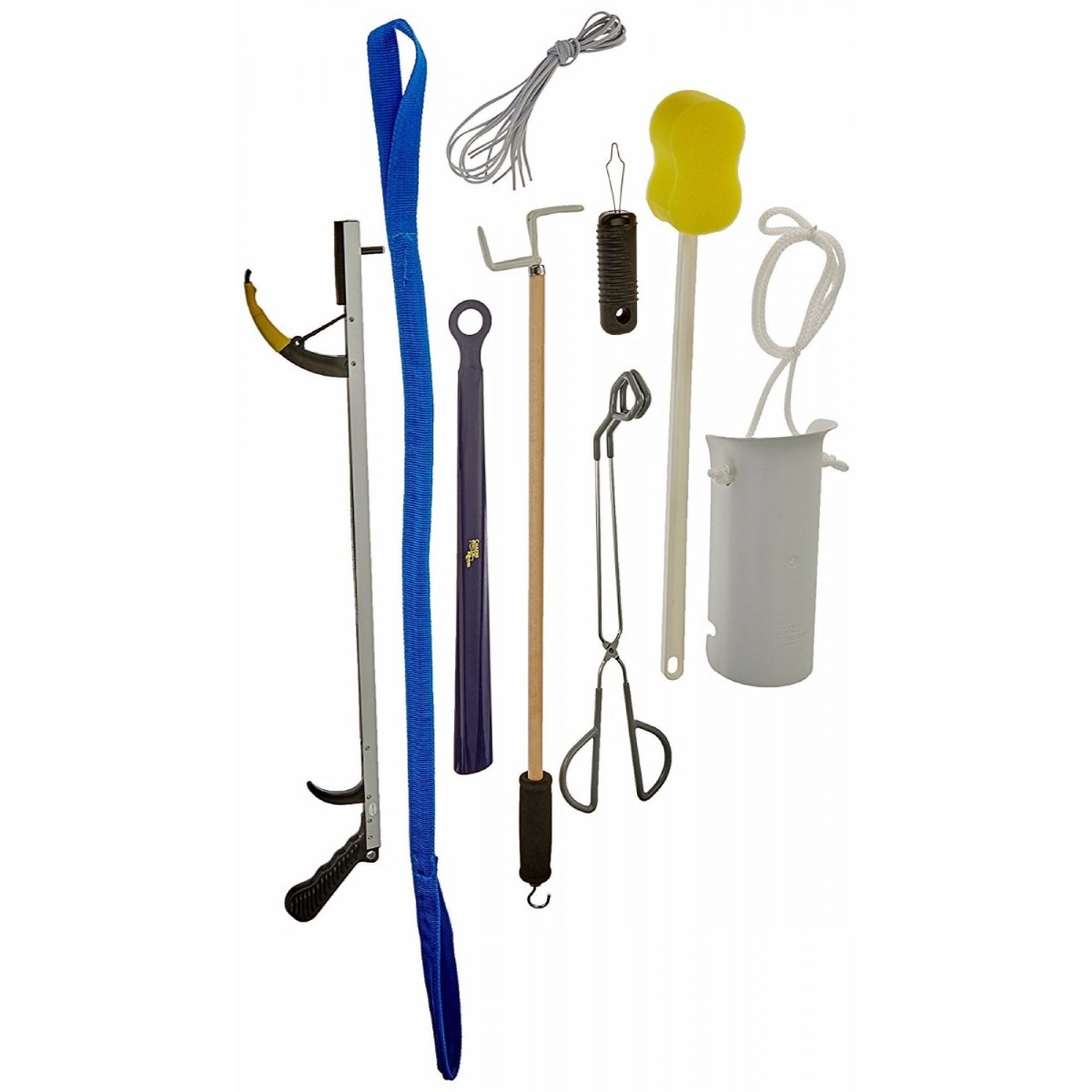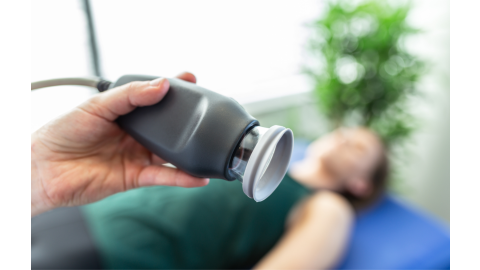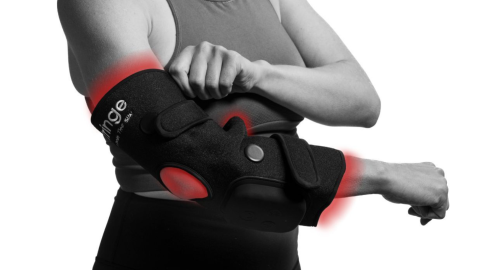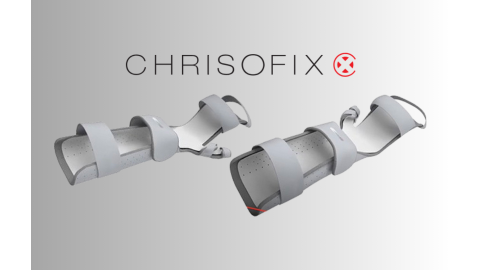Prepare for the Road to Recovery
So you’re one of the 300,000 people getting a hip replacement this year in the U.S. alone. We can’t promise recovery will be very fun, but we can promise that this guide will make it a little easier. What do you need to know?
Why do people get hip replacements?
Doctors recommend a hip replacement when the hip joint is damaged and causing pain during daily activities. Replacements are usually a last choice after other options like medication or physical therapy haven’t helped. Hip replacements replace the joint to reduce pain and improve walking ability.
How should I prepare for surgery?
It’s easy if you plan ahead. Save and print your Hip Replacement Surgery Preparation Checklist. Then learn more below.
Essential Must Buys
From bathing to dressing to using the bathroom, these tools make it easier to resume your daily activities. Hip replacement kits are a great way to ensure you have everything you need to help you recover. The key components all help you avoid bending the hip joint. These products will help you live your life independently and cope with long hours on the couch.
Hip Kit Options
Sammons Preston Deluxe Hip/Knee Kit
Nine-piece kit includes:
- 26" Reacher
- Leg Lifter
- Sock Aid
- Shoehorn
- Toileting Aid
- Dressing Stick
- Button Hook
- Tylastic Shoelaces
- Long Scrub Sponge
Sammons Preston Complete Hip Kit
Five-piece kit includes:
- 24" Handi-Reacher
- Sock Notch sock pulling aid
- 26" Dressing Stick
- 24" Shoehorn
- 4" Savanah Raised Toilet Seat
Sammons Preston Hip Kit 7
Four-piece kit includes:
- Foam Handle Shoe Horn 24"
- Sock and Stocking Aid
- Contoured Long Scrub Sponge
- Feather Reach Economy Reacher 26"
Sammons Preston Hip Kit I & II
Four-piece kit includes:
- Easireach II Reacher (choice of 26" or 32")
- Plastic Shoehorn 16-1/2"
- Sock Aid with Built-Up Handles
- Contoured Bath Sponge
Sammons Preston Foot Care Kit
This kit includes:
- Long handled sponge to aid with cleaning of the feet
- Lotion applicator with 2 spare lotion applicator pads
- Sock/stocking aid to help the user dressing
- 2x Emory boards to help maintain nail hygiene
- Long handled mirror to aid with inspection of the underside of feet
- Long handled toenail scissors to ensure nails are trimmed properly
- Filament tester so the patient can maintain proper foot health
- Foot lotion to keep feet moisturized
- Door hanger reminder to ensure the patient remembers their daily checks
- “Why Footcare is Important”, booklet
Sammons Preston Four Piece Home Care Kit
This four-piece kit includes:
- Easireach II Reacher (choice of 26" or 32")
- Long-handled Sponge - 22"
- Metal Shoe Horn - 24"
- Sock Aid - 30"
The right kit will vary depending on your needs. We offer more hip kit options so you can pick what works for you. The most important thing to remember is to avoid bending the hip joint past 90 degrees. These kits make it easy to quickly prepare for life at home after surgery. They are a helpful gift for a friend, parent, or loved one.
What do I need the items in a hip kit for?
- Reacher
- Grabbing device that helps you pick up items on the floor or on high shelves
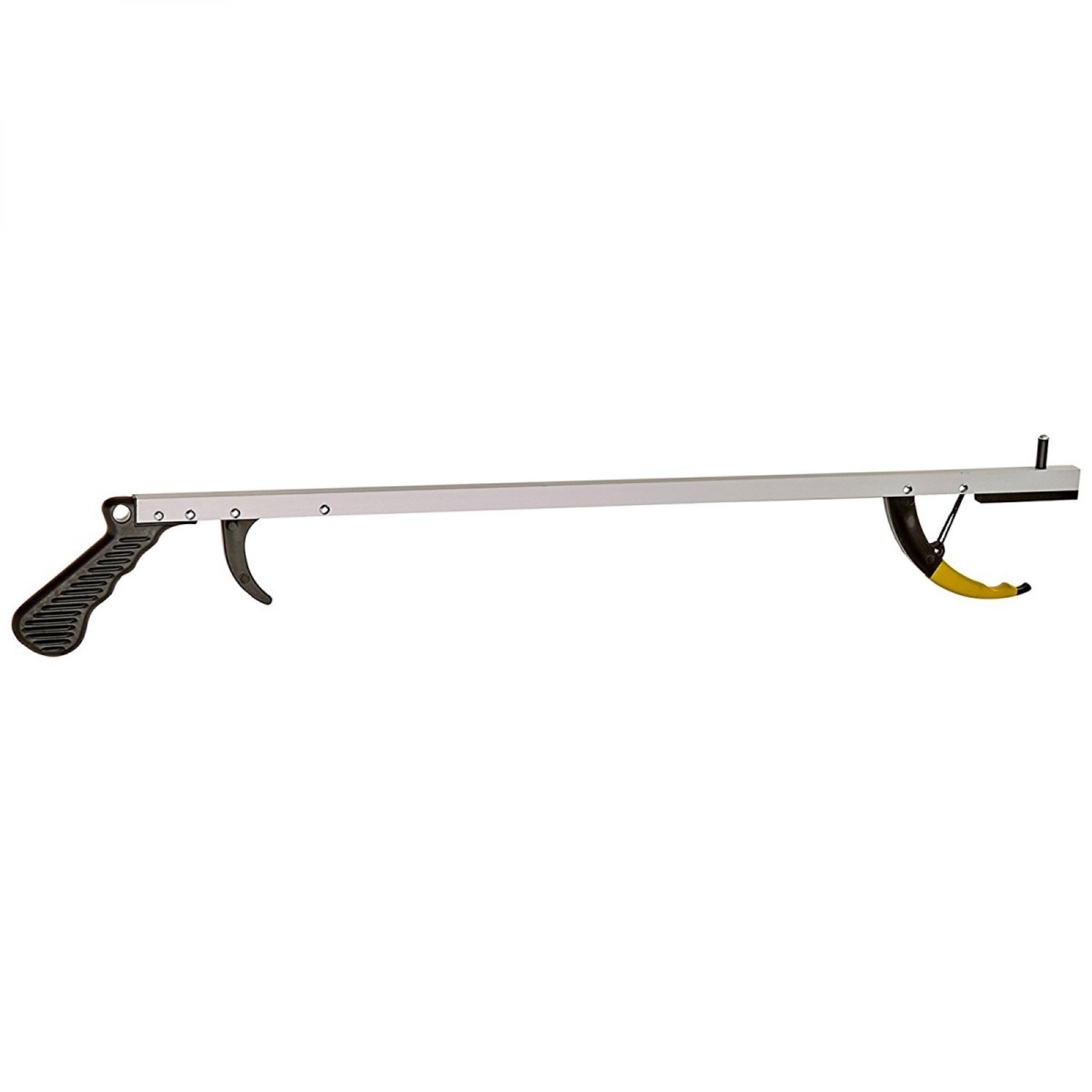
- Long Shoehorn
- Allows you to put on shoes without bending over and without crushing the backs
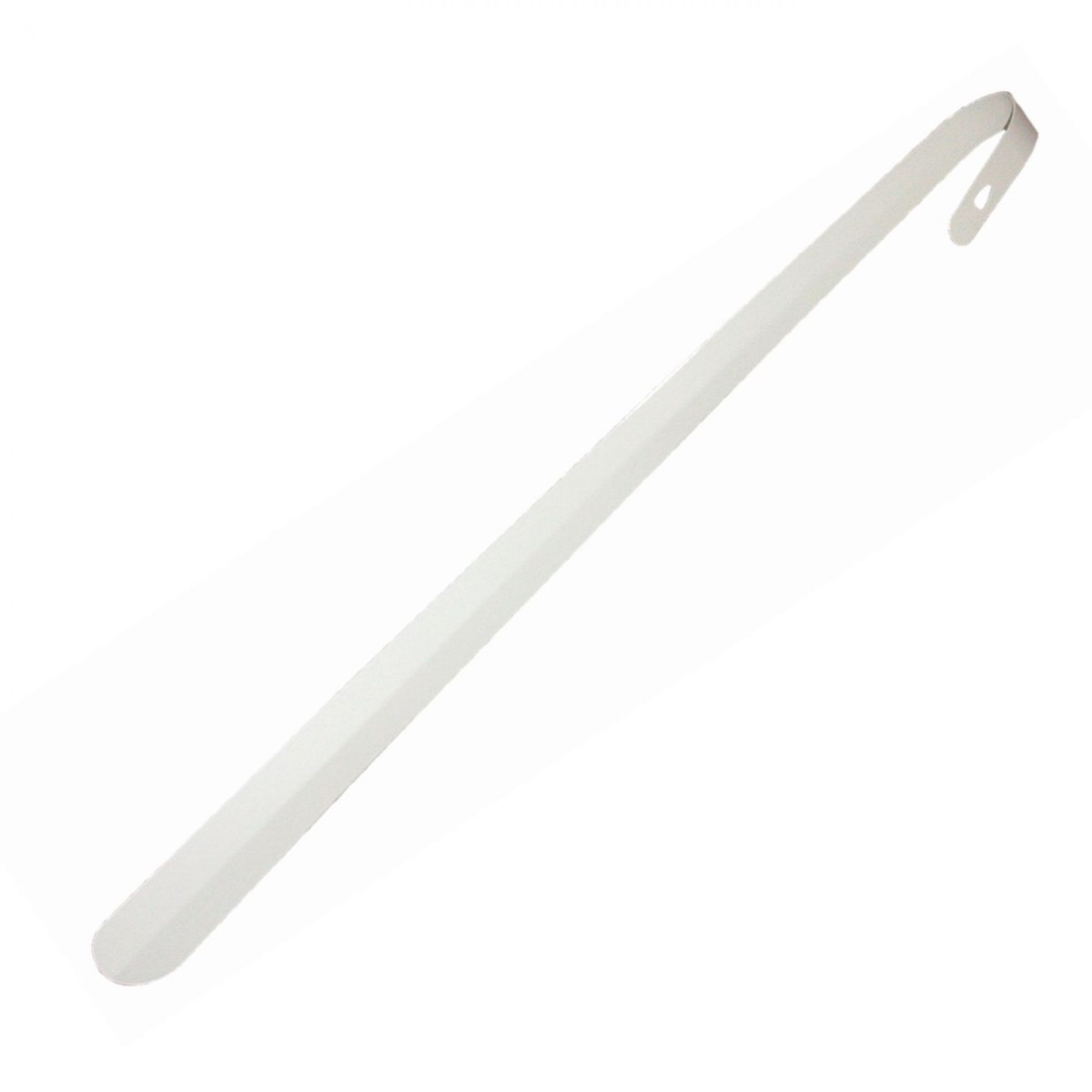
- Long Scrub Sponge
- Helps you wash hard to reach areas like your feet, legs, or back
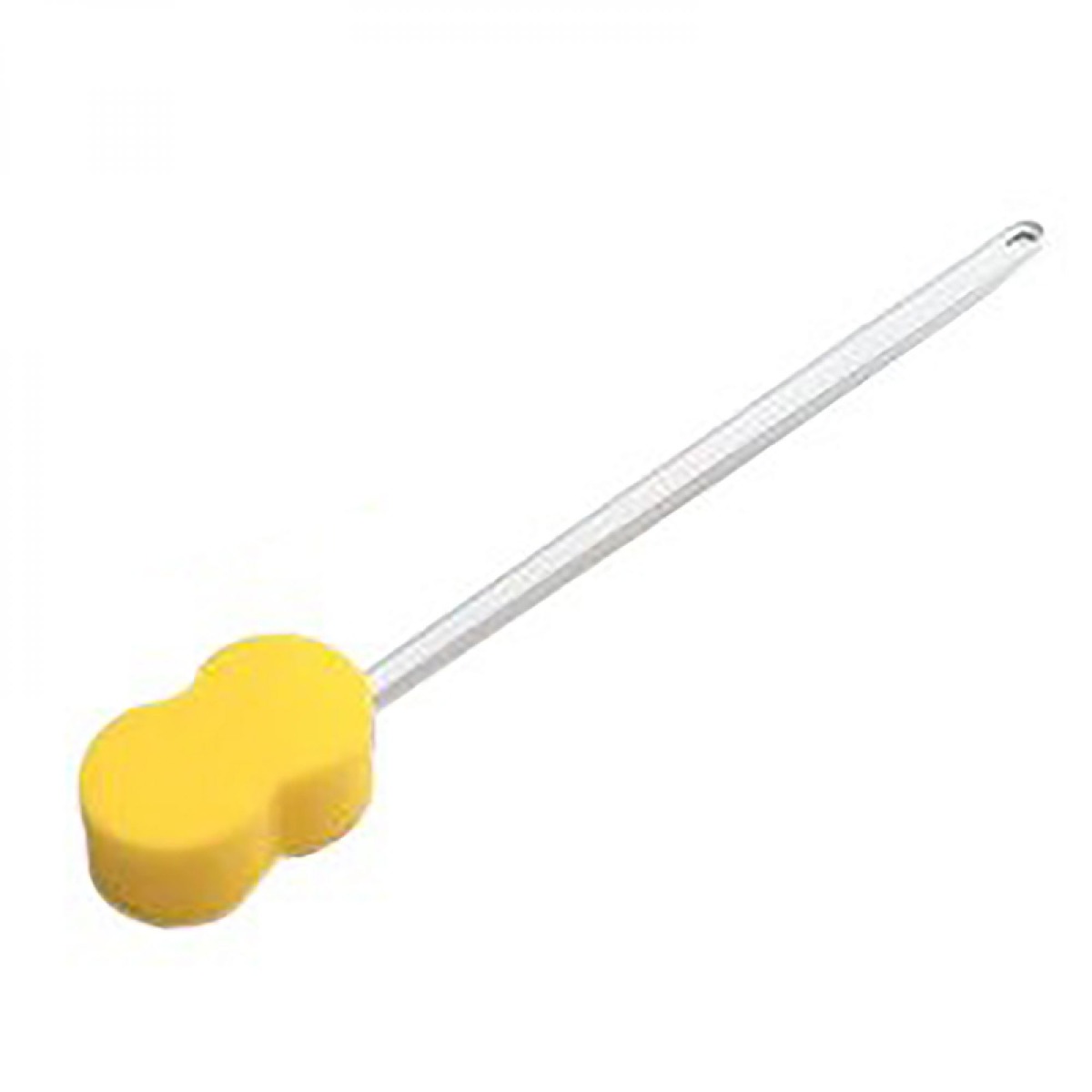
- Sock and Stocking Aid
- Makes it easier to pull on socks or compression stockings
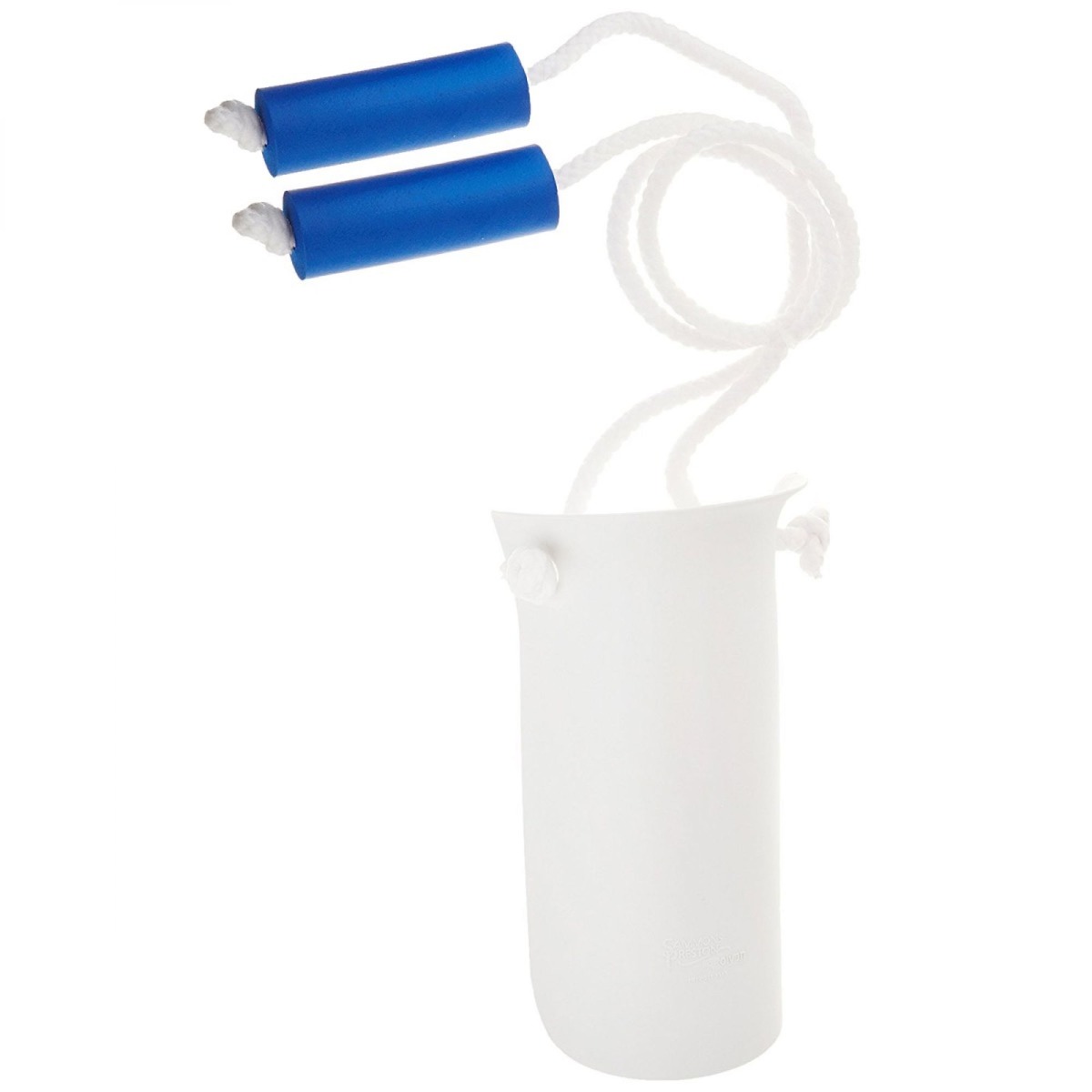
- Tylastic Shoelaces
- Slip into regular shoes without having to undo or tie the laces
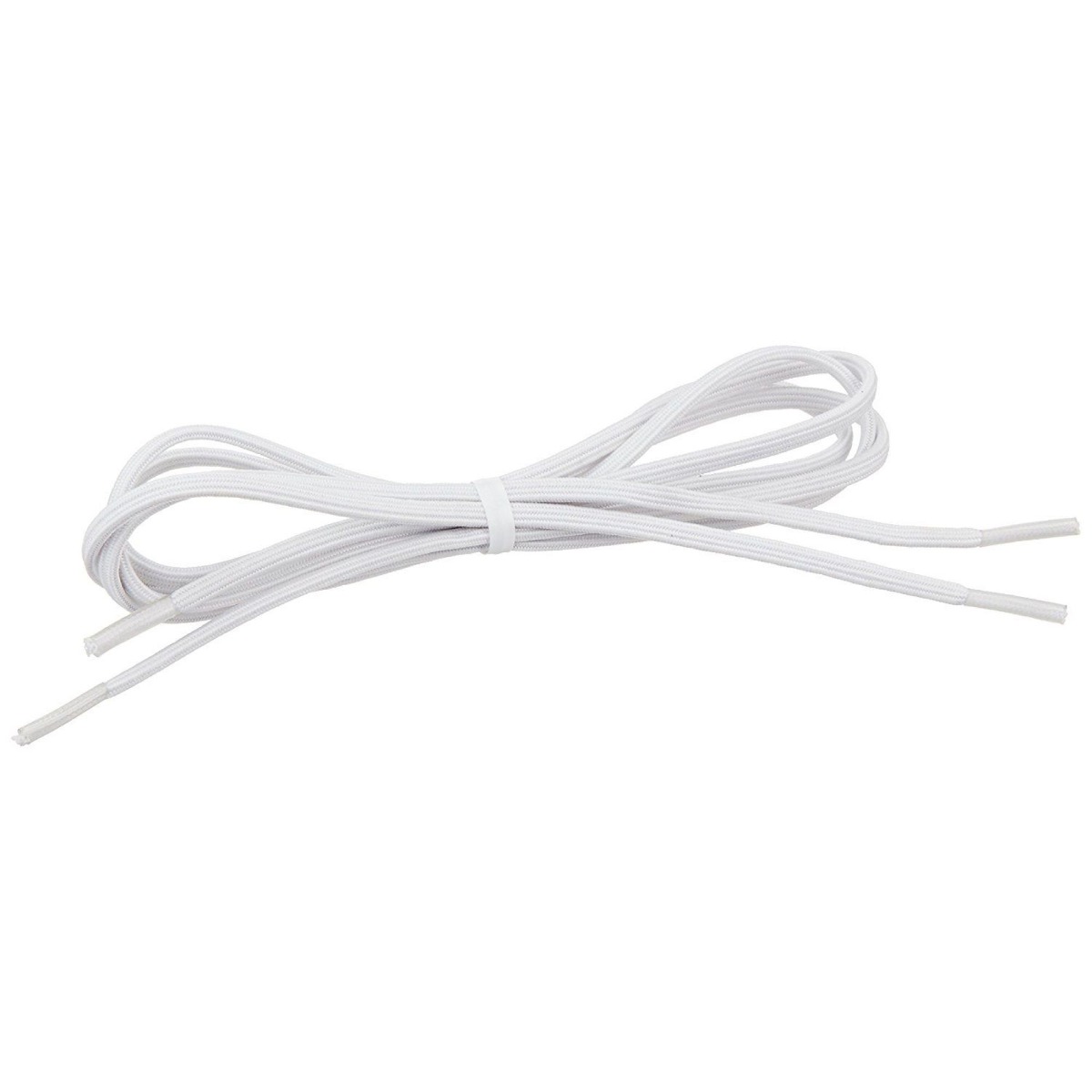
- Dressing Stick
- Get dressed independently using the stick and hook to pull pants, slacks, or shirts on or off

- Raised Toilet Seat
- Stand up more easily after using the restroom
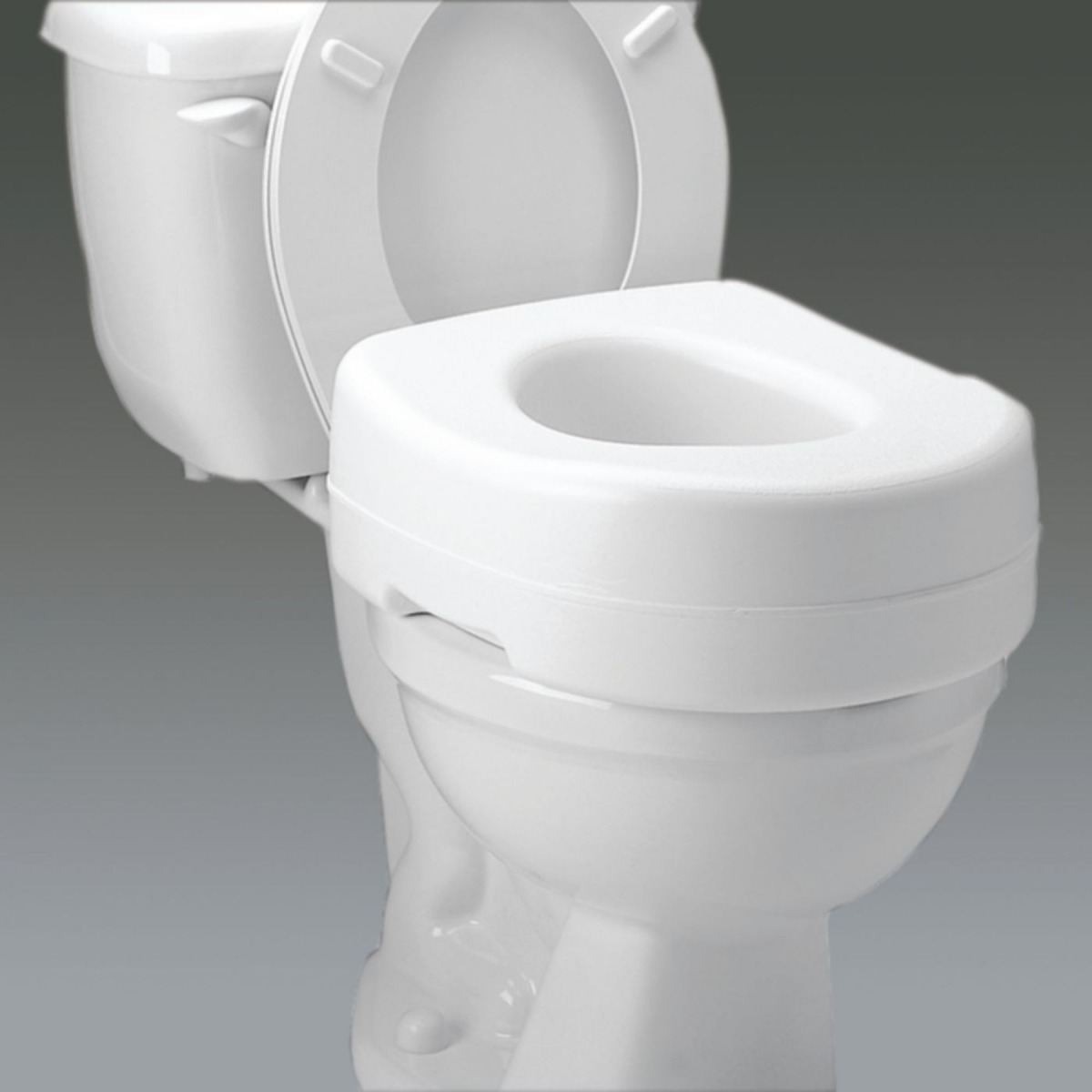
- Leg Lifter
- Lift your leg to get into bed without trouble
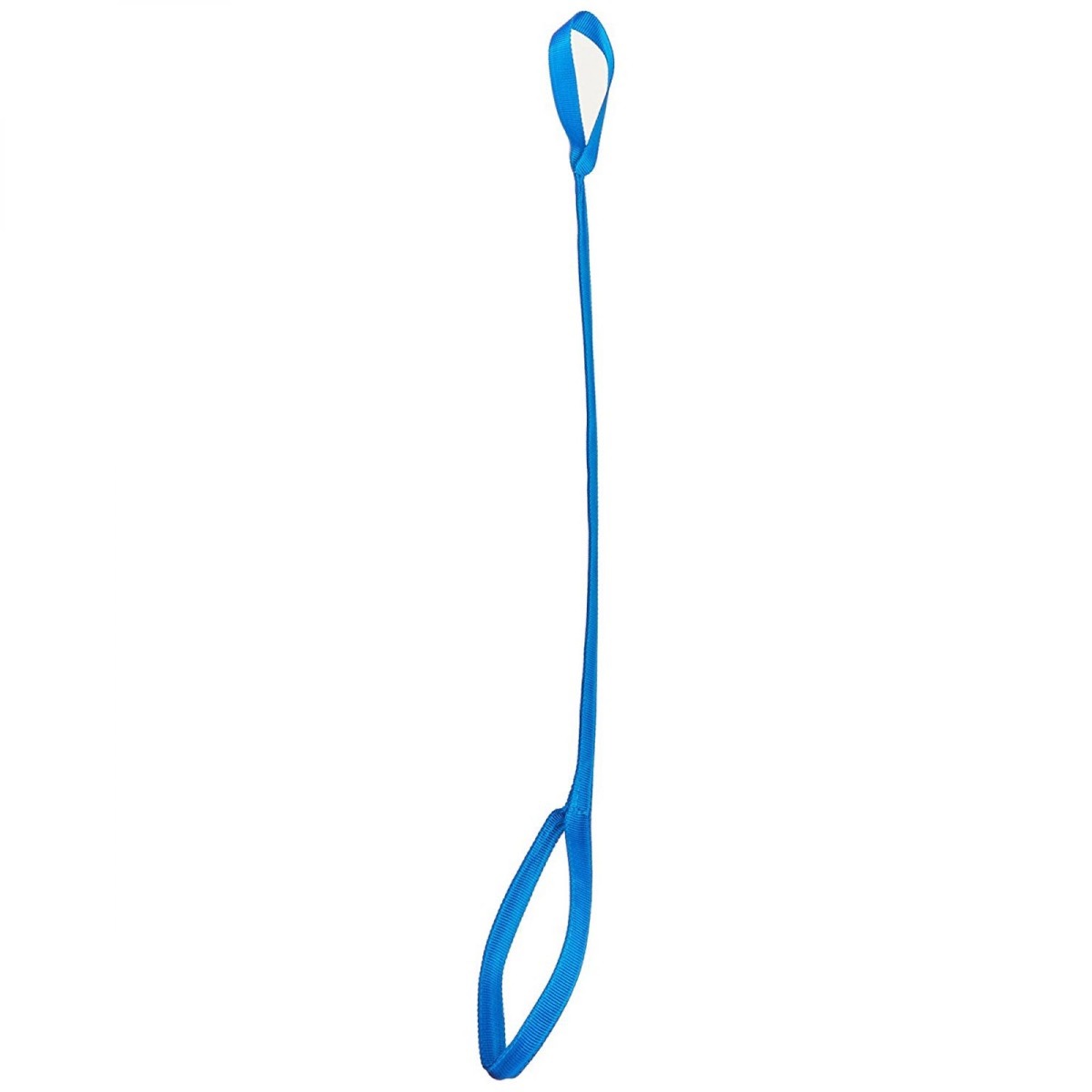
What happens during surgery?
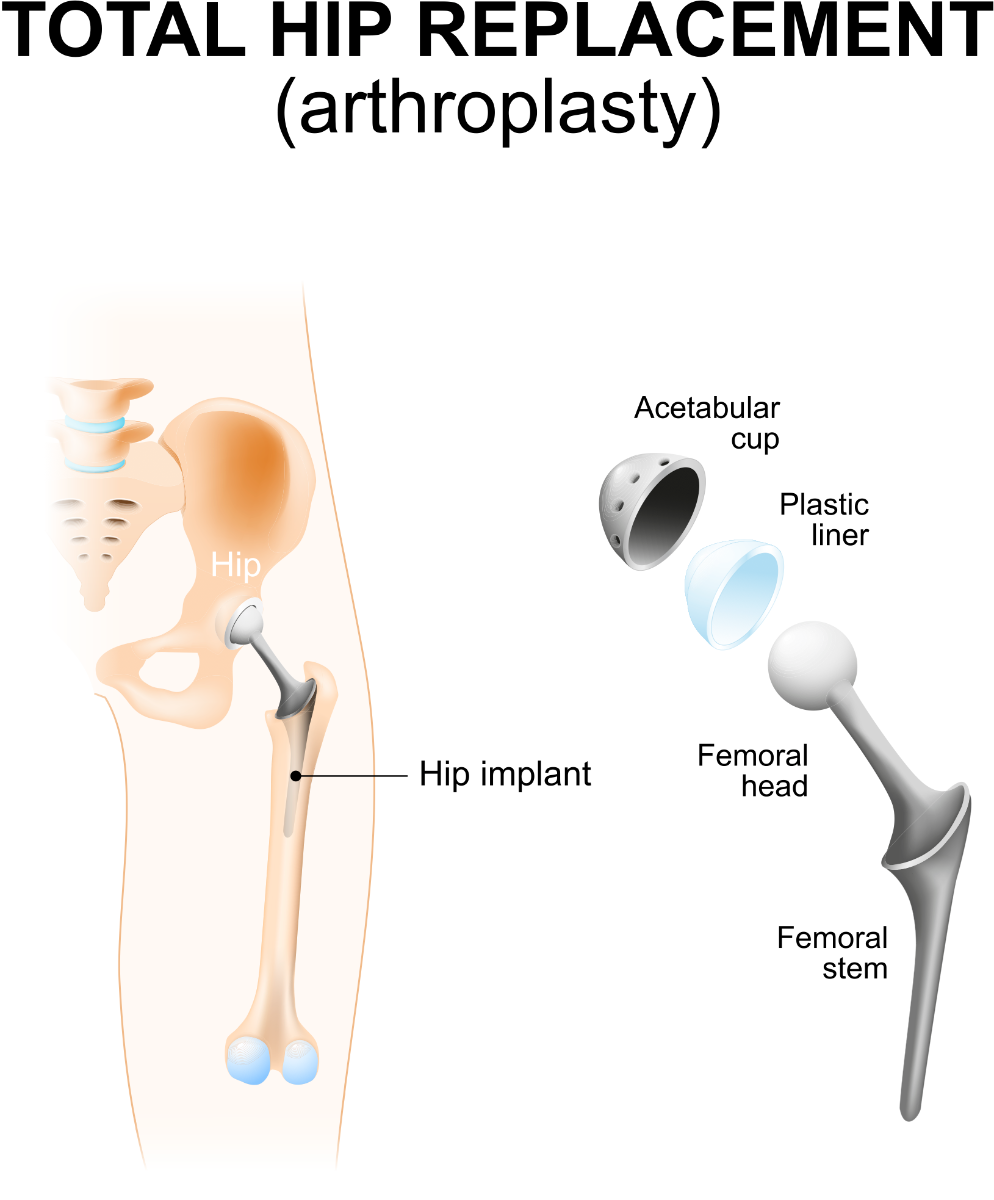
A hip replacement surgery usually takes 1-2 hours. First, you will be given anesthesia to put you to sleep. Then the surgery begins.
A surgeon will make a 6-8 inch incision over the side of the hip through the muscle and tissue. A smaller cut might be made if the surgery is minimally invasive. (This option is more common for very healthy patients under 50 years old with a normal BMI.)
After the cut is made, the damaged bone and cartilage will be removed. A prosthetic hip socket is inserted into the pelvic bone, and a prosthetic round ball is fit onto the femur (thigh bone).
The doctor closes the incision and moves you to a recovery room to wait for the anesthesia to wear off. After that you will be moved to a regular hospital room.
How do they attach the replacement to the bone?
The attachment depends on the type of prosthesis used. A cemented joint prosthesis uses fast drying bone cement to adhere. An uncemented joint prosthesis is specially textured so the bone can grow into it about 1-2mm.
Cemented vs. Uncemented
| Cemented | Uncemented |
|
Pros
|
Pros
|
|
Cons
|
Cons
|
What happens after surgery?
Blood Clot Prevention
Blood clots are a common threat after a surgery. Pay attention to the warning signs and consult your doctor immediately if you notice any alarming changes.
- Early mobilization
- Get up and move! You’ll be encouraged to sit up and even use a walker or crutches soon after surgery.
- Pressure application
- You might wear compression stockings to keep blood from pooling in your leg veins and to reduce swelling.
- Blood thinning medication
- Blood thinners might be prescribed to lessen your chance of a blood clot.
At Home Recovery
- Use your hip replacement kit to help you with daily tasks as you increase your independence.
- Don’t bend at the waist beyond 90°. This is where those reachers, sock aids, long bath sponges, and other items will come in handy.
- Don’t cross your legs or keep your knees higher than your hips until your doctor says it’s okay.
Physical Therapy
A physical therapist might come into your hospital room and show you exercises to strengthen the hip joint. Use these exercises at home to assist in recovery. He or she might recommend crutches, a walker, or a cane to help you walk. As therapy progresses, you’ll be able to walk without help.
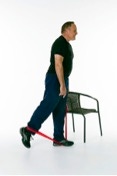
Follow Up
Six to twelve weeks after surgery, you’ll have a follow up visit with your doctor. If recovery is going well, most people resume normal activity after this time. Further strength building and recovery will occur for the next year. THERABAND Resistance Bands are great for rehab, therapy and recovery. There are many exercises that can be done to strengthen your new hip (after checking with your therapist or physician).
Hearing you need a hip replacement can seem scary, but if you’re prepared, you’ll be fine. Follow this guide to get ready before your hip replacement and consult your doctor with any additional questions.
References
Mayo Clinic Staff. (2018). Hip Replacement. Mayo Clinic. Retrieved from https://mayocl.in/2GimEkF
National Institute of Arthritis and Musculoskeletal and Skin Diseases. (2016). Hip Replacement Surgery. NIH. Retrieved from https://bit.ly/2RPo07L
Shmerling, R.H. (2016). Physical therapy after hip replacement: Can recovery happen at home? Harvard Health Publishing. Retrieved from https://bit.ly/2rmvAvH
Sood, V. (2014). Cemented vs. Cementless Alternatives in Joint Replacement. Arthritis Health. Retrieved from https://bit.ly/2TB6SEt
Medical Disclaimer: The information provided on this site, including text, graphics, images and other material, are for informational purposes only and are not intended to substitute for professional medical advice, diagnosis or treatment. Always seek the advice of your physician or other healthcare professional with any questions or concerns you may have regarding your condition.








 France
France Australia
Australia
